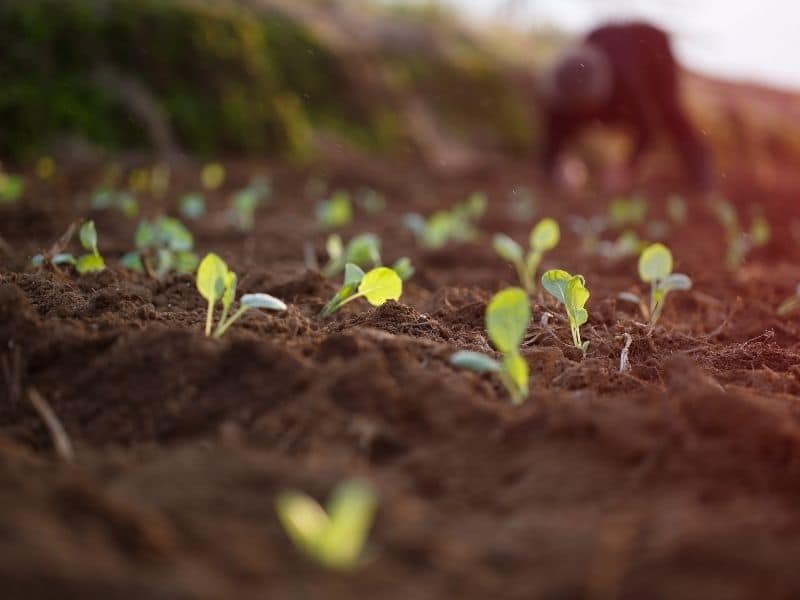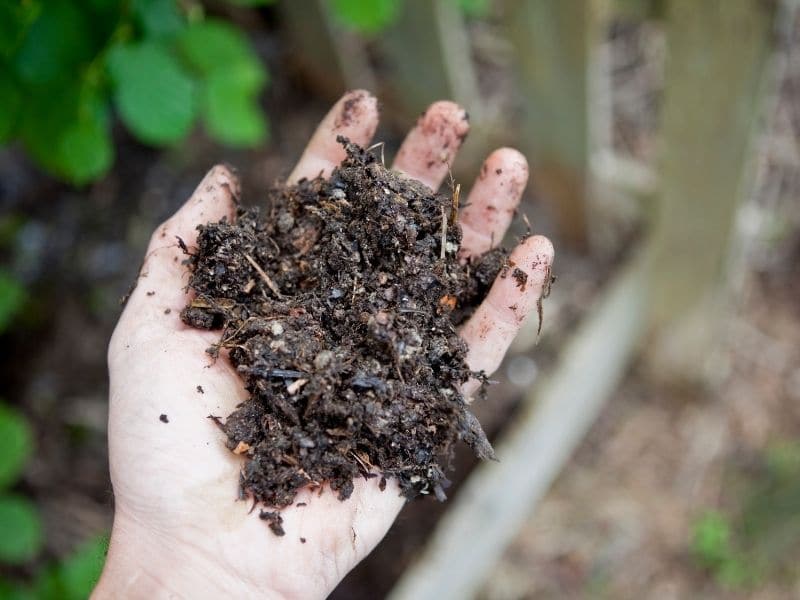A variety of brassicas are some of the favorites of many gardeners to grow and eat. But what is a brassica?

Brassicas are cruciferous vegetables coming from the cabbage and mustard family, also sometimes called “cole crops”. These vegetables are among some of the oldest cultivated plants known to man.
Some Brassica Varieties Commonly Used For Food
| Curly Kale | Mustard Greens |
| Broccoli | Collard |
| Cauliflower | Rapini |
| Cabbage | Rutabaga |
| Kohlrabi | Brussels Sprout |
| Turnip | Rapeseed |
| Bok Choy | Komatsuna |
| Arugula | Water Cress |
Most brassicas are annuals and biennials but some are in the form of small shrubs. Many can be eaten cooked or raw and some are processed and used to make oil.
Growing Brassicas
Planting
When it comes to planting most brassicas getting the timing right is very important. The successful growth of these plants depends greatly on the timing and temperature of the environment.
When planted too late with approaching high temperatures brassicas are likely to bolt and go to seed quickly. Knowing when to plant and when to harvest are critical for a successful crop.

It will depend on what brassica variety you are planting to determine the heat and cold tolerance of your particular plants. Many seed companies will include this information in the documentation or on the seed packets. This information will help you decide when to plant in your growing zone.
Nutrient Requirements
Most brassicas are heavy feeders requiring nutrient-rich soil. If your soil is lacking in sufficient nitrogen you may seed to add fertilization by side dressing your plants with compost early on as the plants begin to grow.

You will want to stop adding amendments by mid-summer to slow the growth and prepare the plants for cooler weather.
Pest Pressure
Some common pests you may deal with when it comes to growing brassicas might be cabbage worms, flea beetles, and aphids.

Crop rotation is a good practice in the possible prevention of heavy insect pressure. However, it has been my experience that pest pressure still exists in many brassica crops even with this practice.
Using floating row cover or mesh netting has been the most effective way to reduce heavy pest pressure that I have discovered.
- ※Notice: There might be a small amount of defective products mixing in the...
- ※Lightweight and Breathable MATERIAL Good for protecting Plant: the plant...
- ※Wide Application In your Garden Work. The plant row cover not only can work...
Last update on 2024-07-26 / Affiliate links / Images from Amazon Product Advertising API
- 【Ultra-Fine Mesh Netting】Large Size 10x33 Feet provide more security, Ultra...
- 【Air, Water & Light Through】Unique oblong hole construction creates very...
- 【All-Purpose Garden Netting】Garden netting covers are widely used in...
Last update on 2024-07-26 / Affiliate links / Images from Amazon Product Advertising API
It has been my experience that few crops can give you as much satisfaction during harvest time as an assortment of brassicas.
Whether it be several large heads of cabbage or a basket full of broccoli and cauliflower, nothing quite fills up the canning cupboard and pantry like these crops.






